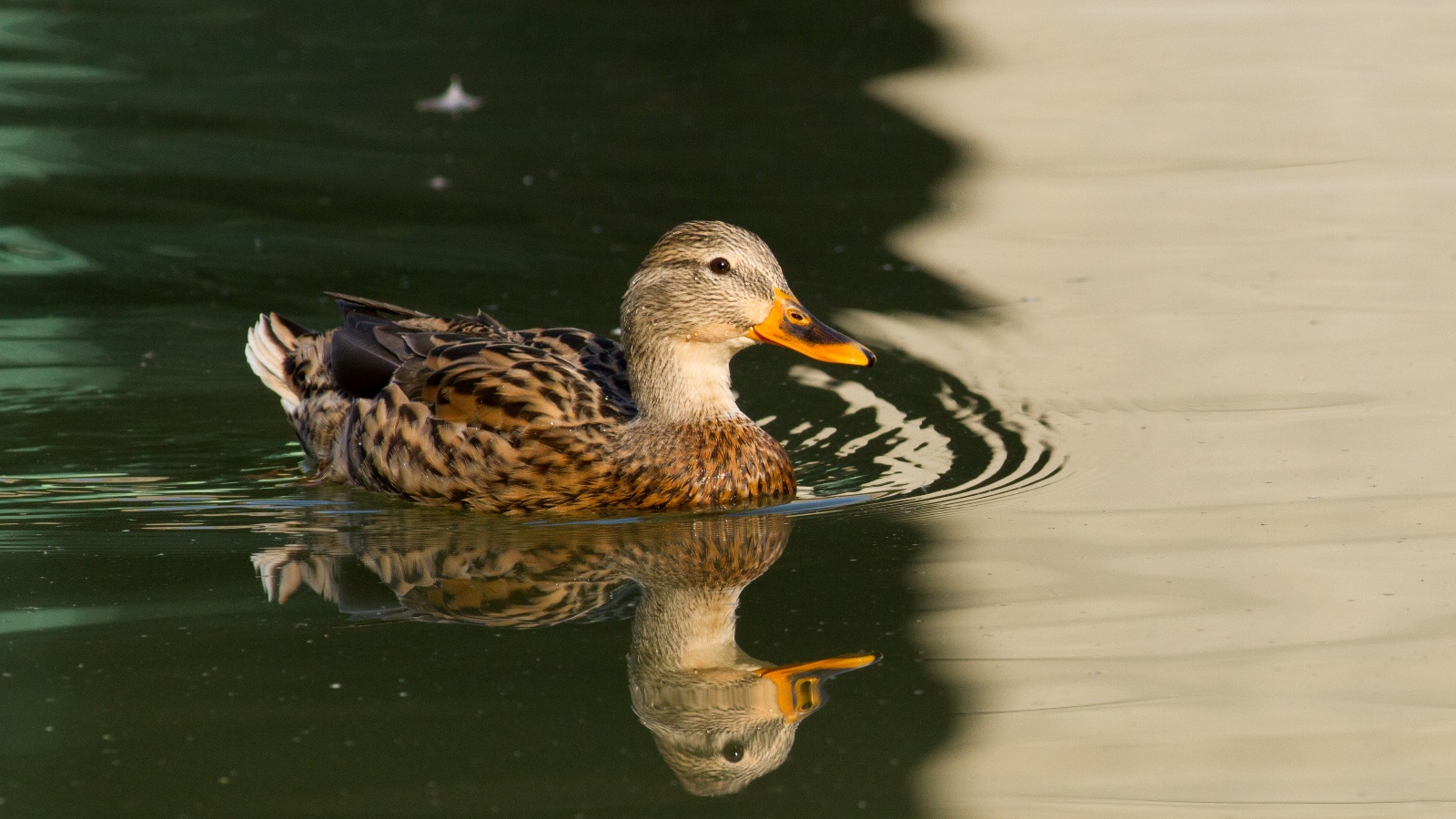Six waterbirds to look for in July and August
A naturalist in the Gulbenkian Garden
In João E. Rabaça’s book As Aves do Jardim Gulbenkian we learn that about a dozen of the 42 species of birds that can be found in the Gulbenkian Garden are associated with its lakes and streams.
This relationship with water is based on the birds feeding patterns in the case of fish-eating birds, or because they build their nests close to the aquatic environment.
Take advantage of the warm days to try to find these six species of waterbirds.
Grey Heron
Ardea cinerea

This is a large bird with an imposing appearance, almost one metre long and with a long neck. If you are lucky enough to find one of these herons, which sometimes frequent the garden, you may see it seemingly paralysed, patiently waiting to hunt its prey – usually a fish. This bird is common in Portugal, where it is seen throughout the year.
Black-crowned night heron
Nycticorax nycticorax

This medium-sized, stubby-looking heron is easiest to observe at dawn or late afternoon. It can appear by surprise at other times of the day, discreet as a statue, perched in one of the Garden’s waterways. It feeds on fish, frogs and insects. In Portugal, the night heron is primarily a summer visitor, but is thought to remain in Lisbon from January to December.
Common moorhen
Gallinula chloropus

A resident of the Gulbenkian Garden where it nests, the moorhen is unmistakable with its dark down, long green legs and red beak with a yellow tip. Starting in May, you can find these birds roaming the lawn, accompanied by their little chicks. They eat a little bit of everything: insects and other invertebrates, small vertebrates, fruit and the green parts of aquatic plants.
Mallard duck
Anas platyrhynchos

This is the most common species of duck in Portugal and one of the easiest birds to find near the water. The males are easily distinguished from the females with their green head feathers and a white stripe on the neck, while the females are all brownish. It is a delight to watch these birds accompanied by their brood. As there are too many mallard ducks in the Garden, visitors should not feed them. As fun as feeding the ducks is, they have the food they need in the wild.
Egyptian goose
Alopochen aegyptiaca

Originally from Africa, this goose seems to have a brownish mask around its eyes and is increasingly found in Portugal. It is thought to have been introduced into Europe via England in the 18th century.
Common kingfisher
Alcedo atthis

Small and chubby with colourful, predominantly blue feathers, the kingfisher reminds us of a tropical bird, but it is actually distributed throughout most of Europe. It can sometimes be seen in the garden, where it catches fish by diving downwards into the water, but it is a very shy and nervous bird, so it can be hard to spot.

